The Earth’s geological history is a tapestry of enigmatic events and formations that have left scientists and researchers puzzled for centuries. As we delve into the ancient realms of our planet, we encounter geological mysteries that defy easy explanation. From baffling rock formations to cataclysmic events that shaped the Earth’s landscape, these mysteries offer a glimpse into the profound forces that have shaped our planet over millions and billions of years. In this exploration, we will uncover ten such ancient geological mysteries that continue to captivate the scientific community, sparking curiosity about the Earth’s past and the intricate processes that have molded it into the world we know today. These mysteries span the depths of time, from the Precambrian era to more recent geological events, challenging our understanding and inspiring ongoing research to unravel the secrets hidden within the Earth’s ancient geological archives. Join us on this journey through time as we unravel the mysteries that linger in the rocks and landscapes of
The Great Unconformity:
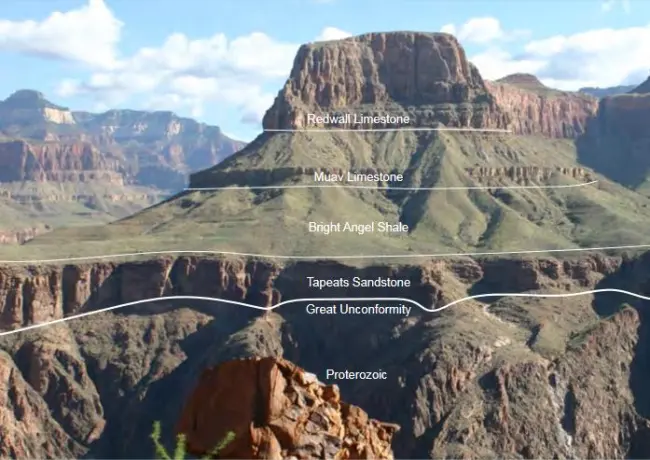
The Grand Canyon in the United States exhibits a significant gap in the rock record known as the Great Unconformity. It represents a period of erosion and missing rock layers spanning hundreds of millions of years, leaving geologists puzzled about the processes that led to such a gap.
Banded Iron Formations:
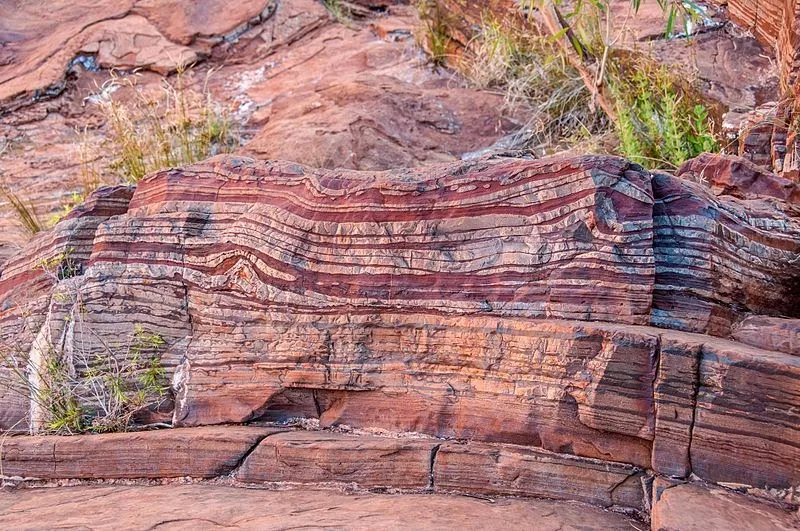
Banded Iron Formations (BIFs) are distinctive rock layers composed of alternating bands of iron-rich minerals and chert. These formations date back to the Precambrian era and are associated with the rise of atmospheric oxygen. The exact processes that led to their formation are not fully understood.
Greenland’s Ancient Mountains:
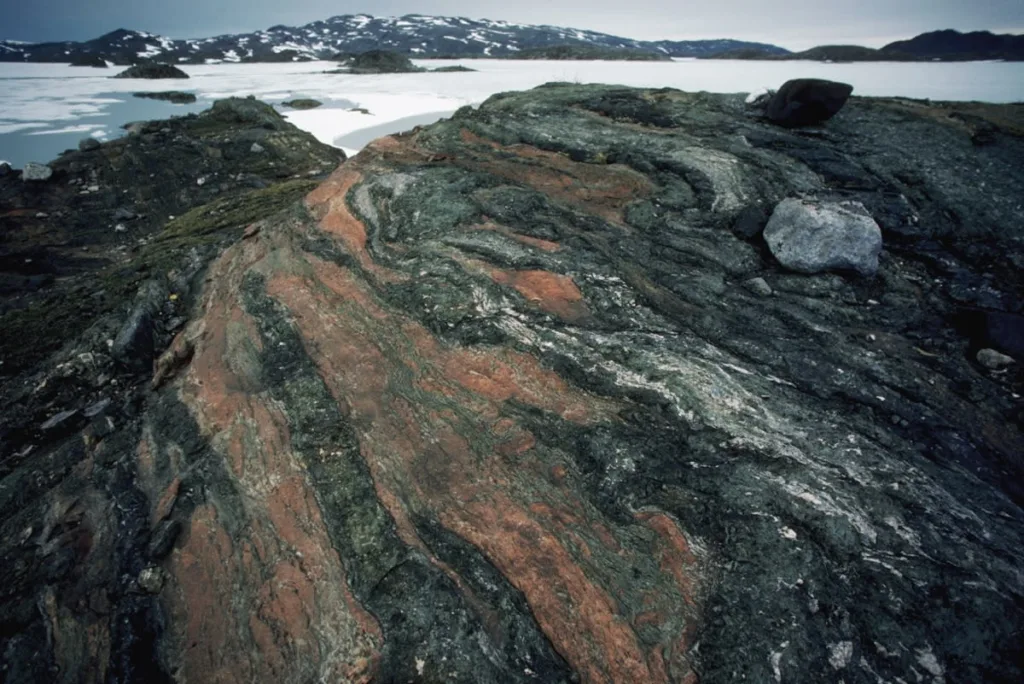
The mountains in Greenland, such as the Isua Greenstone Belt, are some of the oldest on Earth, dating back over 3 billion years. Understanding the geological processes that formed these ancient mountains and their significance in Earth’s history remains a challenge.
The Great Oxygenation Event:
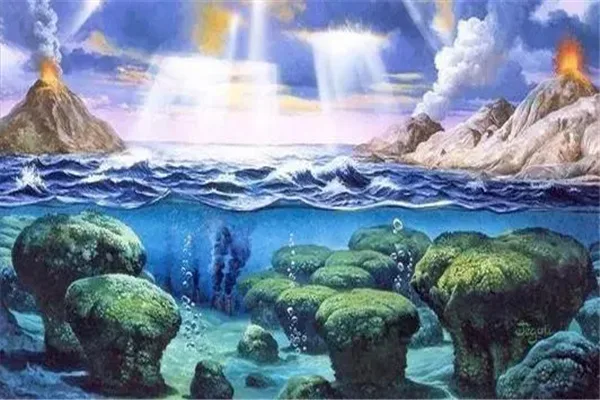
Around 2.4 billion years ago, Earth experienced a significant increase in atmospheric oxygen known as the Great Oxygenation Event. The exact causes and consequences of this event, including its impact on early life forms, are still not fully understood.
The Cambrian Explosion:

The Cambrian Explosion, around 541 million years ago, marked a rapid diversification of life forms. The factors driving this sudden burst of biodiversity, including geological influences, are a subject of ongoing research and debate.
The Carolina Bays:
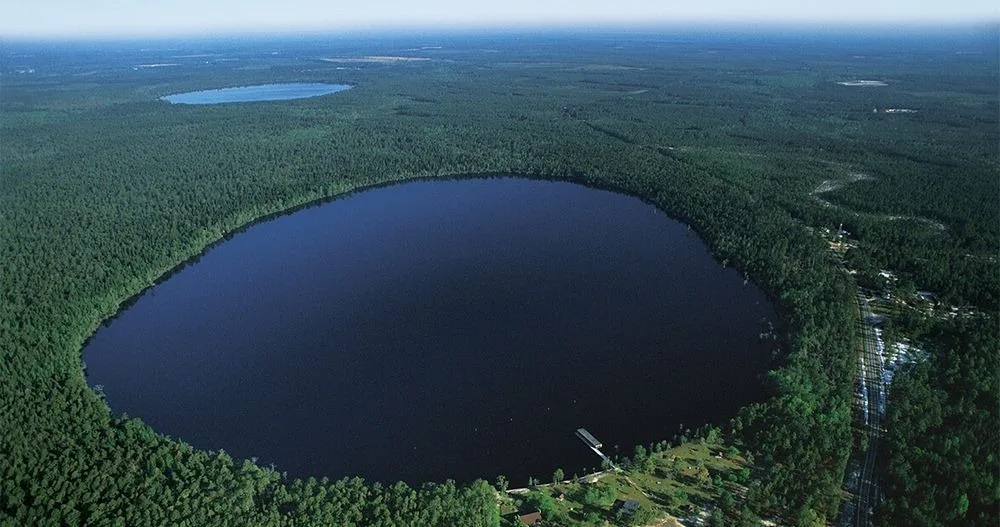
The Carolina Bays are elliptical depressions scattered across the Atlantic Coastal Plain of the United States. The origin of these features, whether caused by impacts, wind, or other geological processes, remains uncertain.
The Permian-Triassic Extinction:

The Permian-Triassic Extinction, also known as the Great Dying, occurred about 252 million years ago and is the most severe mass extinction event in Earth’s history. The geological processes and triggers leading to such a catastrophic event are still not fully understood.
The Tunguska Event:
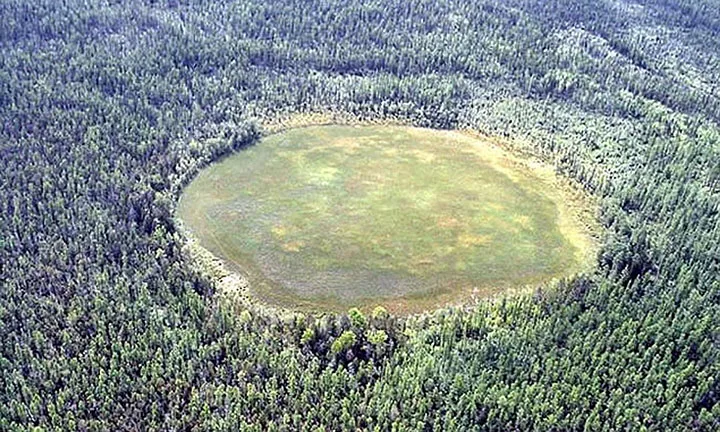
In 1908, a massive explosion occurred over Tunguska, Siberia, flattening an estimated 80 million trees. While widely believed to be caused by the airburst of a meteoroid or comet, the exact nature of the object and the details of the event’s geological aftermath are not entirely clear.
The Piri Reis Map:
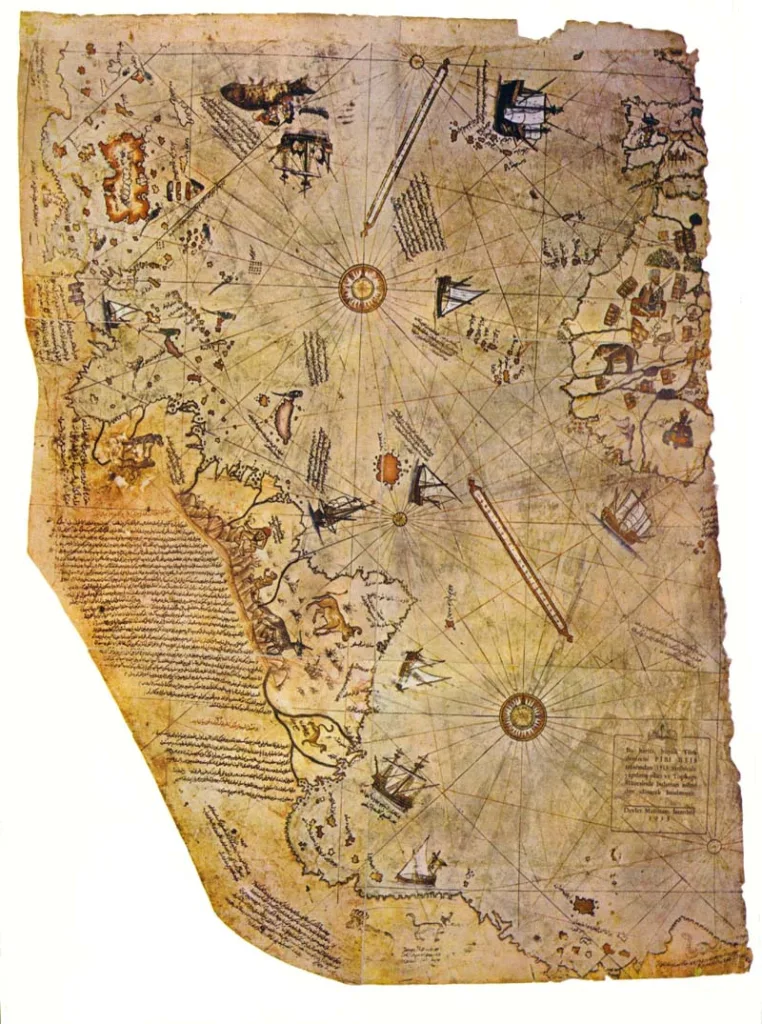
The Piri Reis Map, created by an Ottoman admiral in the early 16th century, shows a surprisingly accurate representation of the coastline of Antarctica. This has led to speculation about ancient civilizations and their geological knowledge, as the accuracy of the map seems inconsistent with the historical understanding of the time.
The Nazca Lines:
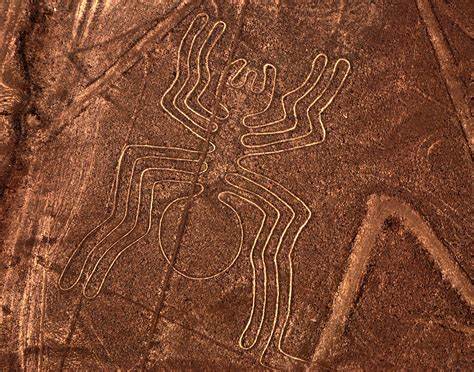
The Nazca Lines in Peru are ancient geoglyphs created by removing the reddish-brown iron oxide-coated pebbles to reveal the light-colored earth underneath. The purpose and methods behind the creation of these large-scale designs, visible only from the air, remain a subject of speculation and mystery.
In conclusion, the ancient geological mysteries that have shaped our planet are testament to the complexity and dynamism of Earth’s history. As we peer into the distant past, we encounter gaps in the rock record, enigmatic formations, and cataclysmic events that challenge our understanding of geological processes. These mysteries not only invite scientific inquiry but also spark the imagination, prompting us to contemplate the profound forces that have sculpted the Earth over eons.
From the Great Unconformity to the Permian-Triassic Extinction, each mystery carries its own unique story, leaving researchers with puzzles that continue to be pieced together. The pursuit of answers to these mysteries not only enhances our understanding of Earth’s geological evolution but also sheds light on the interconnectedness of geological, biological, and climatic events throughout history.
As scientific techniques and technologies advance, new discoveries may provide insights into these ancient enigmas, unlocking the secrets held within the Earth’s geological archives. The exploration of these mysteries not only deepens our scientific knowledge but also underscores the importance of preserving and understanding our planet’s past to navigate its future. The journey through these geological mysteries is an ongoing adventure, offering a glimpse into the fascinating narrative of Earth’s geological history.




































